Easter is one of the most popular holidays in Germany. After a long and cold summer, Easter marks the beginning of spring. If you are spending Easter in Germany, the one phrase you should memorise is ‘Frohe Ostern’ meaning ‘Happy Easter’. This is said to everyone around Easter time – from the cashier at the grocery store to your closest family members!
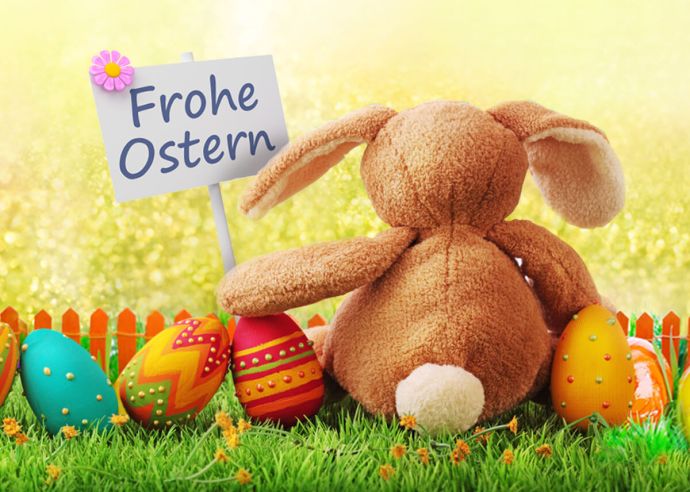
How is Easter celebrated in Germany? Well, it actually extends over the whole weekend:
The Easter weekend begins on ‘Karfreitag’ (Good Friday). Most Germans will eat fish on Good Friday and this often marks the beginning of a whole weekend spent together with the family.
Easter Saturday is a great day for visiting an Easter market where you can browse stalls filled with handmade Easter decorations or stop by the local bakery to buy a lamb-shaped cake. In north Germany it is tradition to have an Osterfeuer (Easter fire) on Easter Saturday evening which helps chase away the dark spirits of winter and welcome the spring time.
Finally, Easter Sunday is the highlight of the weekend. In the morning, children will often complete an Easter-egg hunt, followed by attending a church service and a big family lunch which is traditionally made up of lamb, potatoes and vegetables.
We wish you a frohe Ostern!
Information and Images retrieved from:
https://www.tripsavvy.com/easter-in-germany-1519899

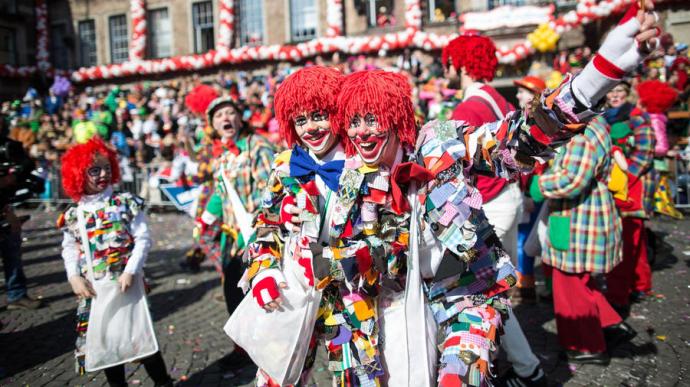
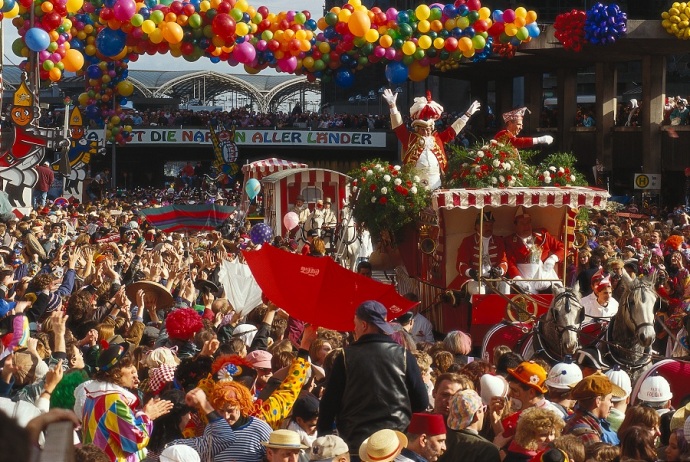
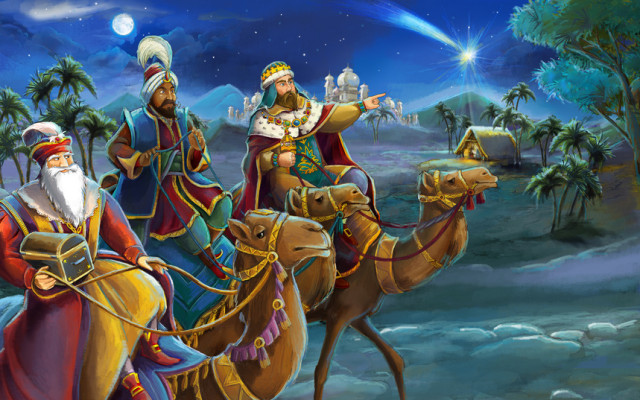
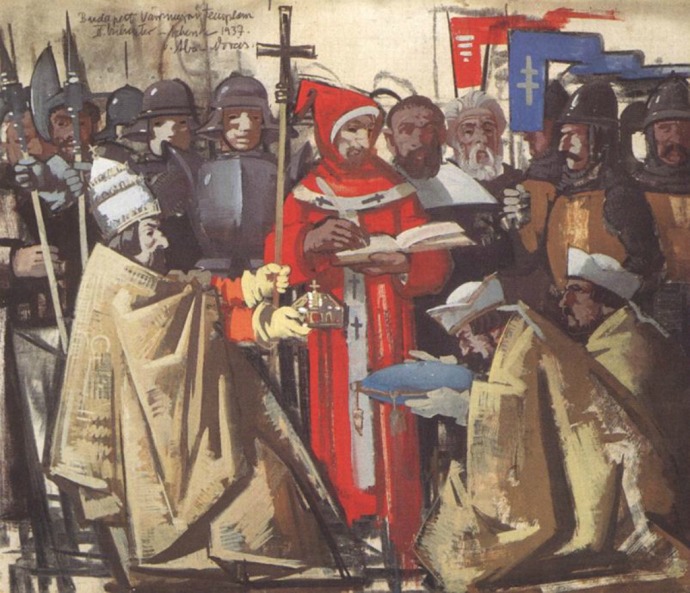

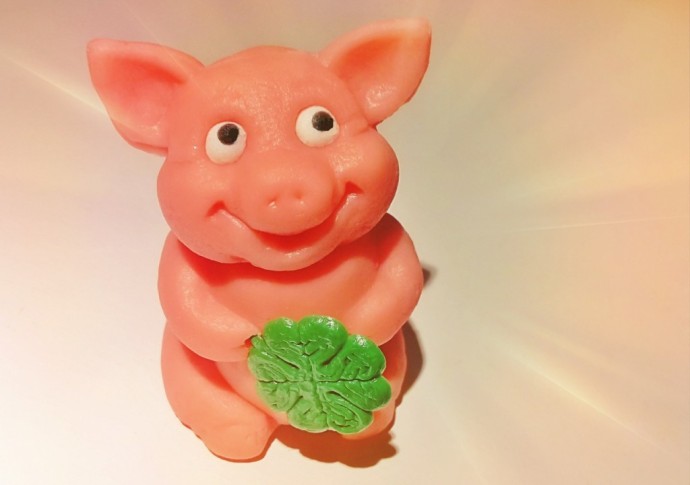
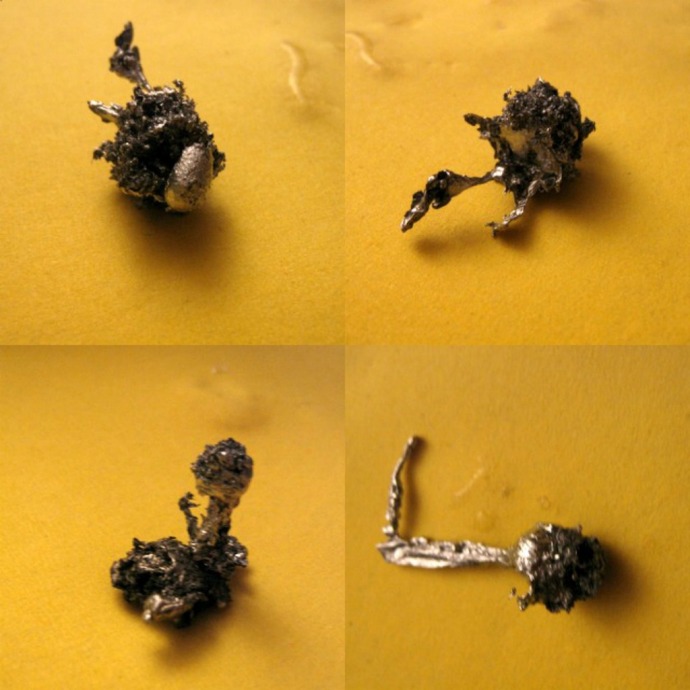
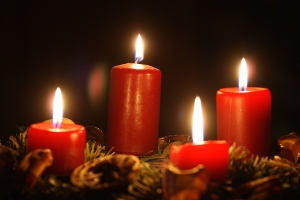


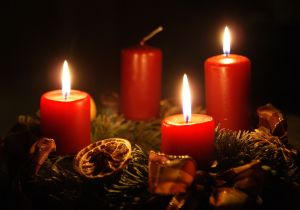
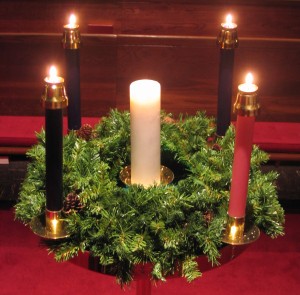

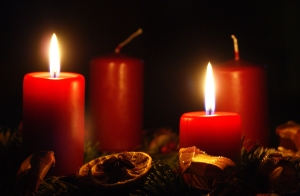
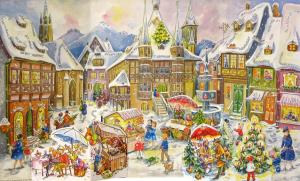


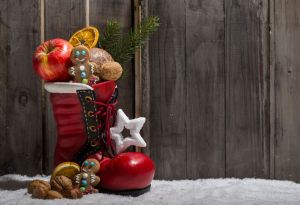
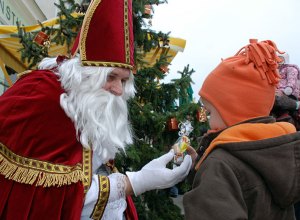
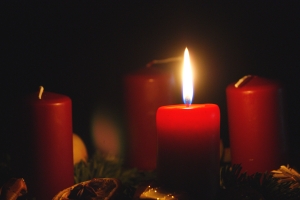
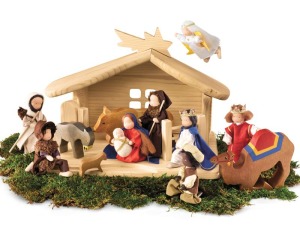
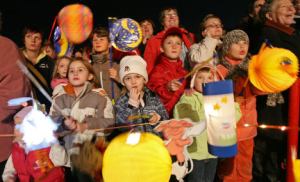
Recent Comments